Political Law at Panama
Political Law in Panama
Panama, a democratic republic located in Central America, has a robust political and legal system established under its Constitution, which is the supreme law of the country. The political system in Panama is a presidential representative democratic republic, meaning the President is both the head of state and head of government, with a separation of powers among the executive, legislative, and judicial branches. Panama is known for its canal (the Panama Canal), which plays a significant role in the economy, and its political law reflects the country's commitment to democracy, human rights, and the rule of law.
1. Constitution of Panama
The Constitution of Panama, adopted in 1972 and later amended, is the fundamental legal document governing the political and legal system. It defines the structure of the government, the rights and duties of citizens, and the relationship between the state and its people.
Key Features of the Constitution:
Republic and Democracy: Panama is a sovereign, unitary, and independent republic. It is governed by democratic principles, and its Constitution guarantees fundamental rights and freedoms for its citizens.
Separation of Powers: The Constitution establishes the separation of powers into three branches: executive, legislative, and judicial. This is to ensure a system of checks and balances, which prevents the concentration of power in any one branch of government.
Human Rights: The Constitution guarantees a wide range of fundamental human rights, such as the rights to life, liberty, property, freedom of speech, freedom of religion, and the right to a fair trial.
Social State: The Constitution also establishes Panama as a "social state of law," ensuring protection for vulnerable populations and promoting social and economic rights.
2. Political System
Panama operates under a presidential representative democratic republic system. This means that the country has a directly elected President who holds executive power, and the political system is based on democratic elections, legislative authority, and judicial independence.
The President: The President of Panama is the head of state and government and is elected for a five-year term. The President has broad powers, including directing the executive branch, implementing laws, and representing Panama in international affairs. The President is also the commander-in-chief of the armed forces. However, the President's powers are checked by the legislative and judicial branches.
The Executive Branch: The President is supported by a Council of Ministers (Cabinet), consisting of the ministers of various government departments (e.g., health, education, finance). These ministers are appointed by the President and help implement government policy and manage public administration.
The Legislative Branch: Panama has a unicameral legislature known as the National Assembly (Asamblea Nacional), consisting of 71 members who are elected by popular vote for five-year terms. The National Assembly is responsible for passing laws, approving the national budget, and overseeing the executive branch's actions.
The National Assembly is made up of deputies (representatives) who are elected through a proportional representation system, ensuring that smaller political parties have a voice in the legislature.
The National Assembly also has the power to approve or reject presidential appointments, and it can initiate impeachment proceedings against public officials.
The Judicial Branch: The judicial system is independent from the executive and legislative branches. The judiciary is responsible for interpreting and applying the law, and its highest court is the Supreme Court of Justice.
The Supreme Court of Justice consists of nine judges, who are appointed by the President with the approval of the National Assembly. The court has the power to review the constitutionality of laws and acts by the government.
Panama also has lower courts, including regional courts and specialized tribunals, such as labor courts and administrative courts.
3. Electoral System
Panama operates under a universal suffrage system, and elections are held regularly to choose the President, National Assembly members, and local officials.
Presidential Elections: The President is elected through a two-round system in which the candidate who receives the most votes in the first round wins the presidency. If no candidate secures a majority (50% + 1 vote), a runoff election is held between the top two candidates.
National Assembly Elections: Members of the National Assembly are elected using a proportional representation system, where seats are allocated based on the percentage of votes each political party receives. Each candidate represents one of Panama's nine electoral districts.
Voting Rights: All Panamanian citizens aged 18 and older have the right to vote. Voting is compulsory for citizens, but there are some exceptions for people who are ill, living abroad, or otherwise unable to vote.
4. Political Parties
Panama has a multi-party system, with a variety of political parties representing different ideologies, from conservative to liberal, and including both traditional and emerging political groups.
Major Political Parties:
Democratic Revolutionary Party (PRD): A center-left political party with roots in Panama's military dictatorship era but now advocating for social democracy and progressive policies.
Panama's Party (Partido Panameñista): A center-right party, often focused on pro-business policies, economic growth, and strengthening democracy.
Molirena: A center-right political party that traditionally aligns with the PRD and other right-wing parties.
Democratic Change (Cambio Democrático): A center-right party that has gained influence due to its pro-business stance and emphasis on free-market reforms.
The Popular Party (Partido Popular): A smaller, centrist party that advocates for social welfare and protection of civil rights.
Coalition governments are often formed in Panama due to the fragmented nature of the political landscape and the need for parties to work together to secure majorities in the National Assembly.
5. The Role of the Judiciary
The judiciary in Panama is independent and plays a crucial role in maintaining the rule of law and ensuring justice. The Supreme Court of Justice is the highest judicial authority, and it is responsible for interpreting the Constitution and ensuring that laws passed by the National Assembly comply with constitutional principles.
Constitutional Review: The Supreme Court has the authority to review laws passed by the National Assembly and declare them unconstitutional if they violate the Constitution.
Judicial Independence: Judges are appointed for a term of 10 years (for Supreme Court judges), and their independence is protected by the Constitution. The judicial branch has no direct political influence but plays a key role in holding the executive and legislative branches accountable.
6. Human Rights and Freedoms
Panama's Constitution guarantees various fundamental rights and freedoms, including freedom of speech, freedom of assembly, freedom of religion, and the right to a fair trial. Panama is also a signatory to several international treaties and agreements that protect human rights, including the American Convention on Human Rights.
Key Human Rights Protections:
Freedom of Expression: The Constitution guarantees the right to free speech and the press. The media in Panama is generally free, although there have been some concerns about government pressure on media outlets.
Rights of Minorities: Panama has legal protections for ethnic and cultural minorities, including indigenous peoples, and has passed laws to protect their rights and lands.
Gender Equality: The Constitution guarantees equal rights for men and women, and Panama has made significant progress in promoting gender equality, particularly in education and employment.
Rights of the Disabled: Panama has also enacted laws aimed at improving the lives of disabled people, ensuring access to services and employment opportunities.
7. Foreign Policy and Relations
Panama maintains an active foreign policy and has strong relations with neighboring countries, the United States, and international organizations.
Panama Canal: The Panama Canal is a key asset that impacts Panama’s foreign relations. It is an international waterway, and Panama has a significant role in overseeing its operation and development.
Regional Cooperation: Panama is a member of the Organization of American States (OAS), the United Nations (UN), and the Central American Integration System (SICA), among other regional and international organizations.
Free Trade Agreements: Panama has signed various free trade agreements, including with the United States, the European Union, and several Latin American countries, to boost its economic growth and integrate more deeply into the global economy.
8. Challenges in Political Law
Panama faces some political challenges:
Corruption: Corruption is a persistent issue in Panama, and several high-profile cases of corruption have involved public officials and business leaders. The government has made efforts to combat corruption, but it remains an ongoing challenge.
Economic Inequality: While Panama has experienced significant economic growth, there are still issues of poverty and economic inequality, particularly in rural and indigenous communities.
Indigenous Rights: Despite constitutional protections, Panama's indigenous populations face ongoing challenges related to land rights and economic opportunities.
Conclusion
Panama's political law is grounded in a presidential representative democratic republic system, with a Constitution that guarantees democratic governance, human rights, and the rule of law. The country operates under a separation of powers between the executive, legislative, and judicial branches, and its multi-party system allows for democratic elections and political competition. Despite its commitment to democracy and human rights, Panama faces challenges such as corruption, economic inequality, and the protection of indigenous rights. However, the legal framework and political system continue to evolve, fostering a relatively stable and participatory political environment.


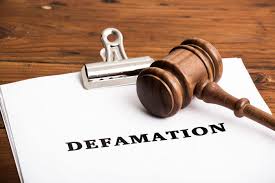



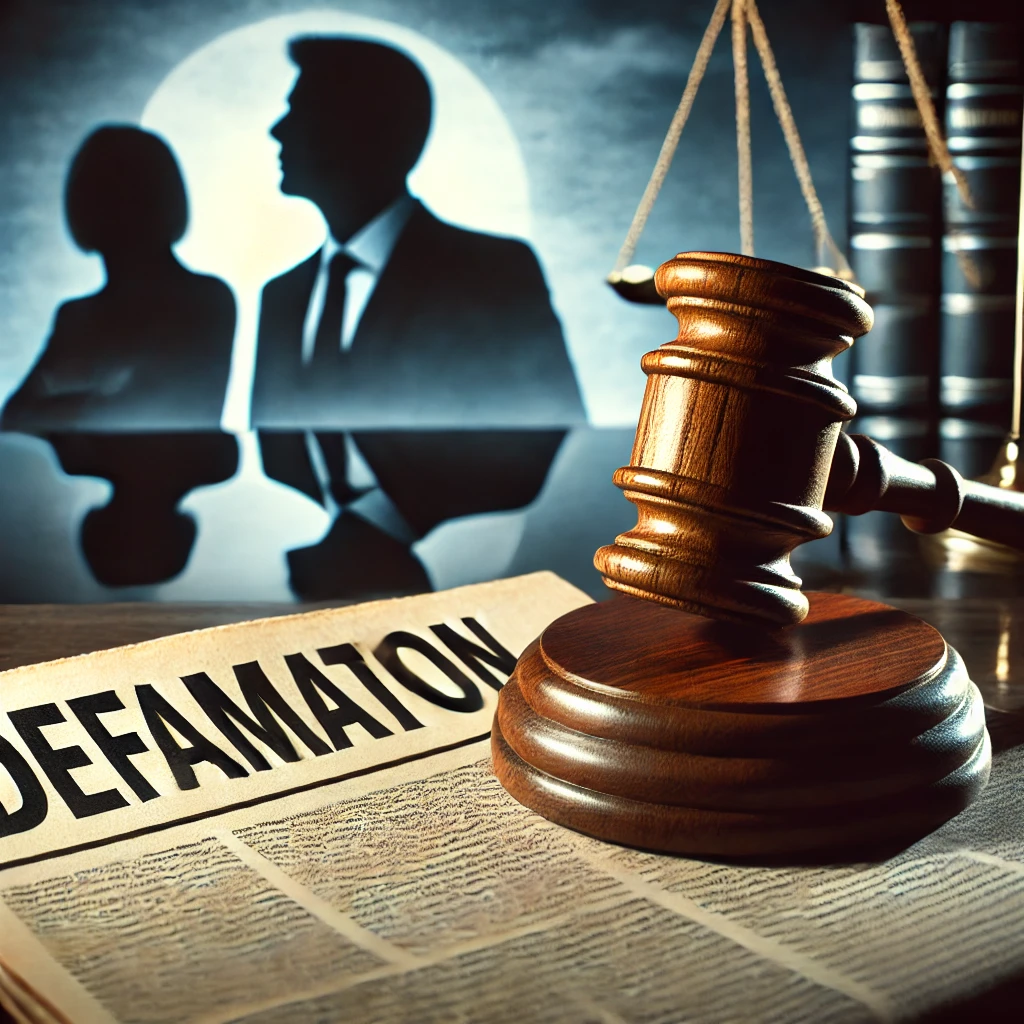
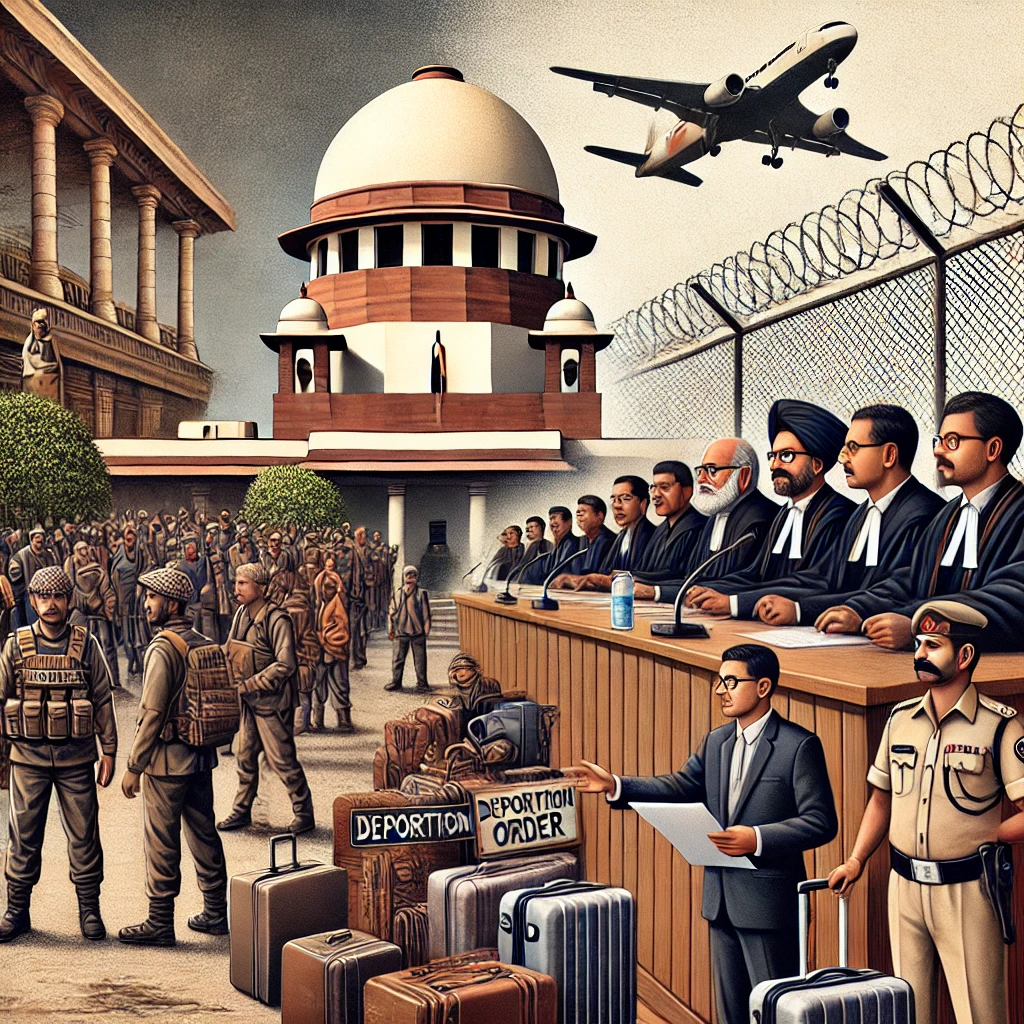

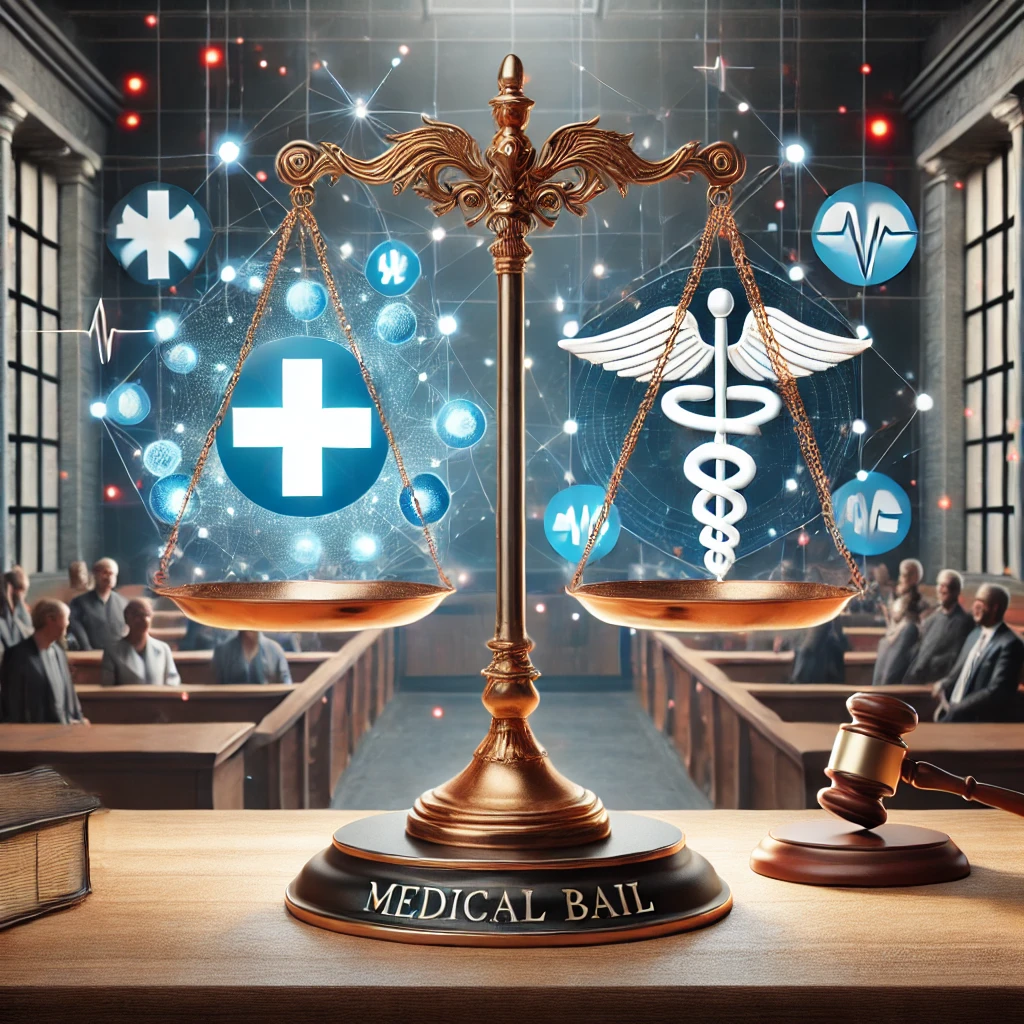







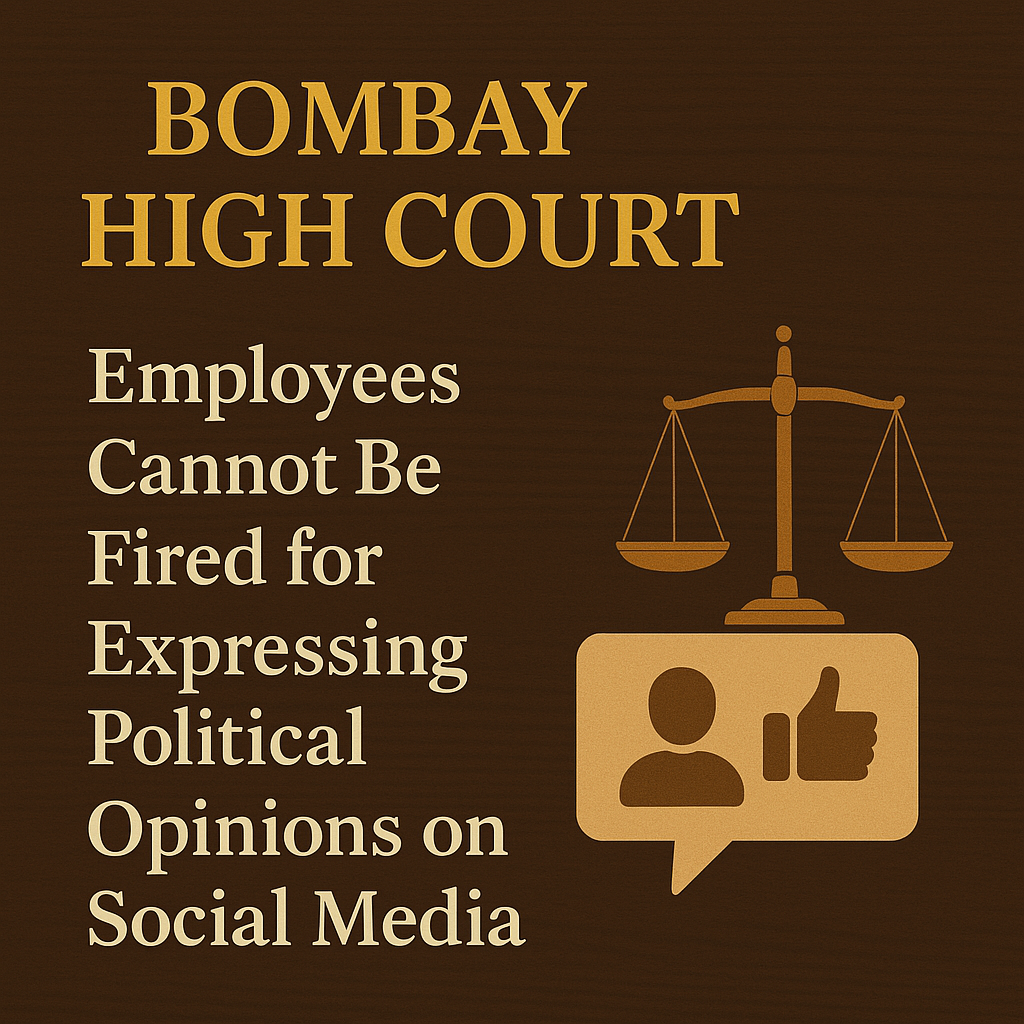



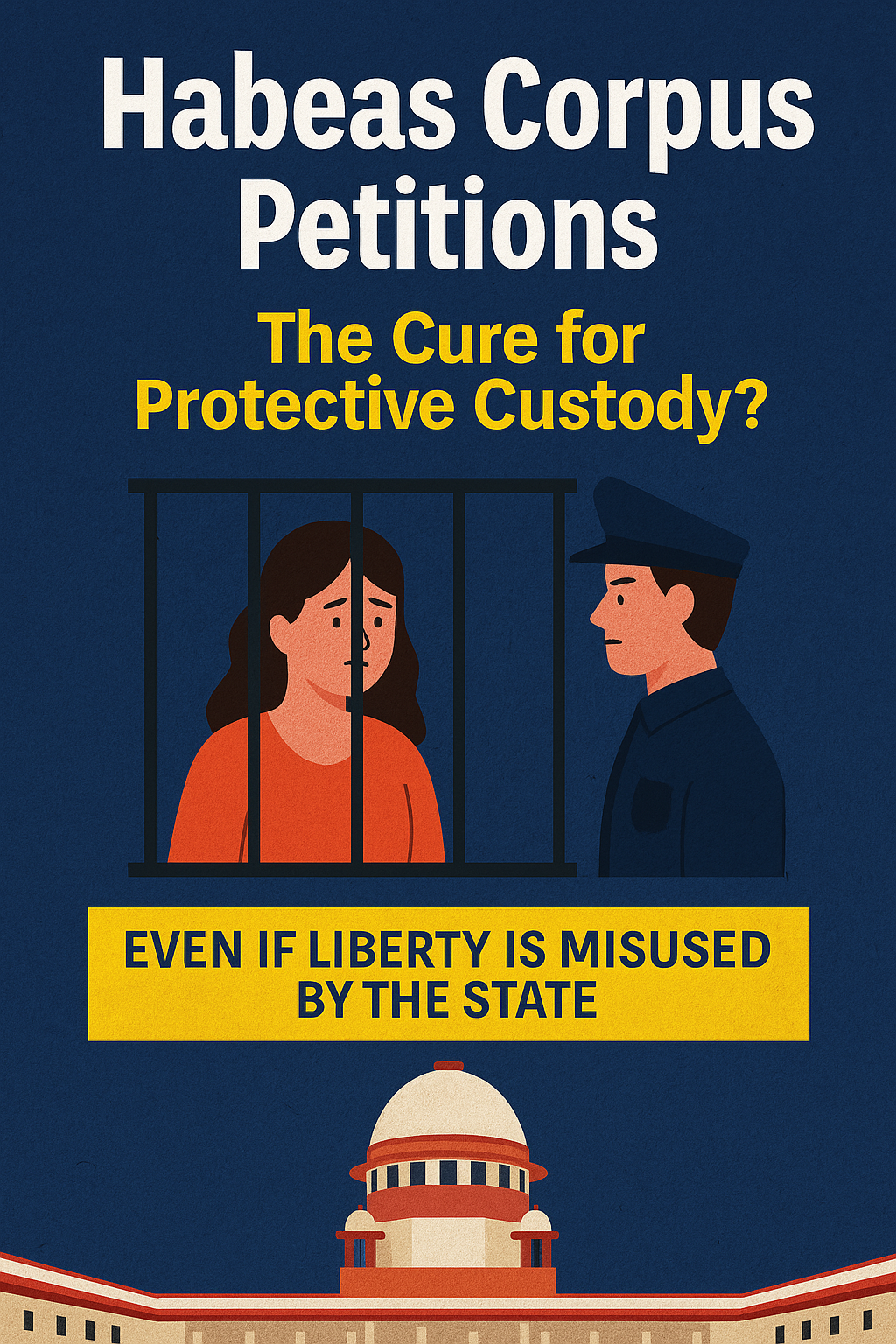
0 comments